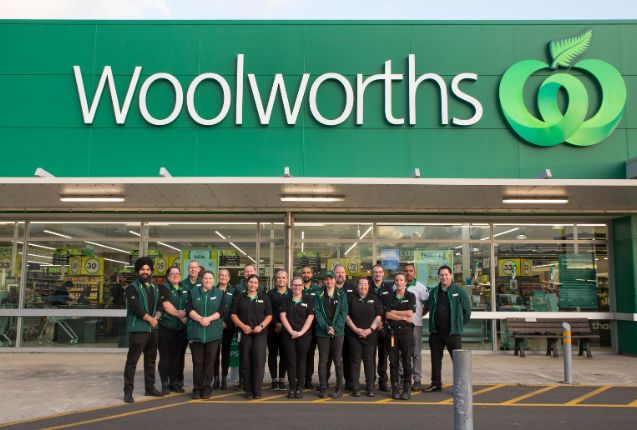By Sally Carey
The desire for deeper customer insight is one of the most common challenges FMCG businesses struggle with – second only to the challenge of then marketing to your highest value ones. And while there are multiple solutions to any problem, we’ve found that one of the best ways to locate and market to your best customers is by first doing a customer segmentation.
What is a segmentation, and how can it enable deeper customer insight?
A segmentation in this context is an analysis and subsequent grouping of a large customer base in order to create pockets of similar customers that can be marketed to accordingly. There are various types of segmentation, and generally there is no hard and fast rule around how you go about doing one – this can be either liberating or confusing, depending on how you look at it. But to give you some context, here are some examples of things you can do after you’ve got customer segments:
- Plan big strategic initiatives based on customer dynamics
- Identify key differentiators that drive customer behaviour
- Targeting communications based on actual behaviours
- Helping know where to best allocate marketing budget
- Identifying upsell, cross-sell and retention opportunities
- Identify gaps in current product offerings or skews in customer base
- Provide a common language for talking about customers and a rounded picture of them
Having specific customer segments allows you to deploy marketing tactics that are specific to a given group, where otherwise you would have to take a more generic approach across thousands of customers. For example, if you’re able to identify your most loyal, high-spending customers, you could send them (and only them) a discount code or other offer to improve their satisfaction with your brand and incentivise them to spend more at your business.
Segmentations provide a framework or benchmark for monitoring the effectiveness of your strategies, both with marketing and beyond – the customer insights from within your data can be used across a number of areas, such as marketing, product and operations.
Where to begin with a customer segmentation?
Stakeholder involvement is key. Before embarking on a segmentation, work out who will be impacted by it and ensure their business needs are being met. Buy-in from leadership and commitment to delivering the agreed outcomes will make the project infinitely more rewarding for everyone involved.
Once you’re sure everyone is on board, you can actually begin the process of segmenting your customer base. No matter how you approach segmentation, there are a number of consistent phases involved in achieving a successful outcome:
- Planning – be very clear on the aims and objectives of the segmentation
2. Developing – build with those aims and objectives in mind
3. Implementing – applying the knowledge gained to relevant areas
4. Measuring – test and refine your segments. How accurate are they, and what is the benchmark?
5. Reviewing – segments should be reviewed and improved on an ongoing basis.
If you’re keen to look more into how to identify and market to your best customers, download Datamine’s Customer Segmentation Whitepaper (which goes into more detail on the five steps listed above) by clicking here.

Sally Carey’s 30 years of experience in strategy and quantitative decision-making ensures she can always be relied on to deliver extraordinary results. Sally is a co-owner and director of Datamine. Originally from the UK, she is a fellow of the UK Institute of Direct and Digital Marketing and holds a BA in Systems Analysis and MBA from Bradford University.



